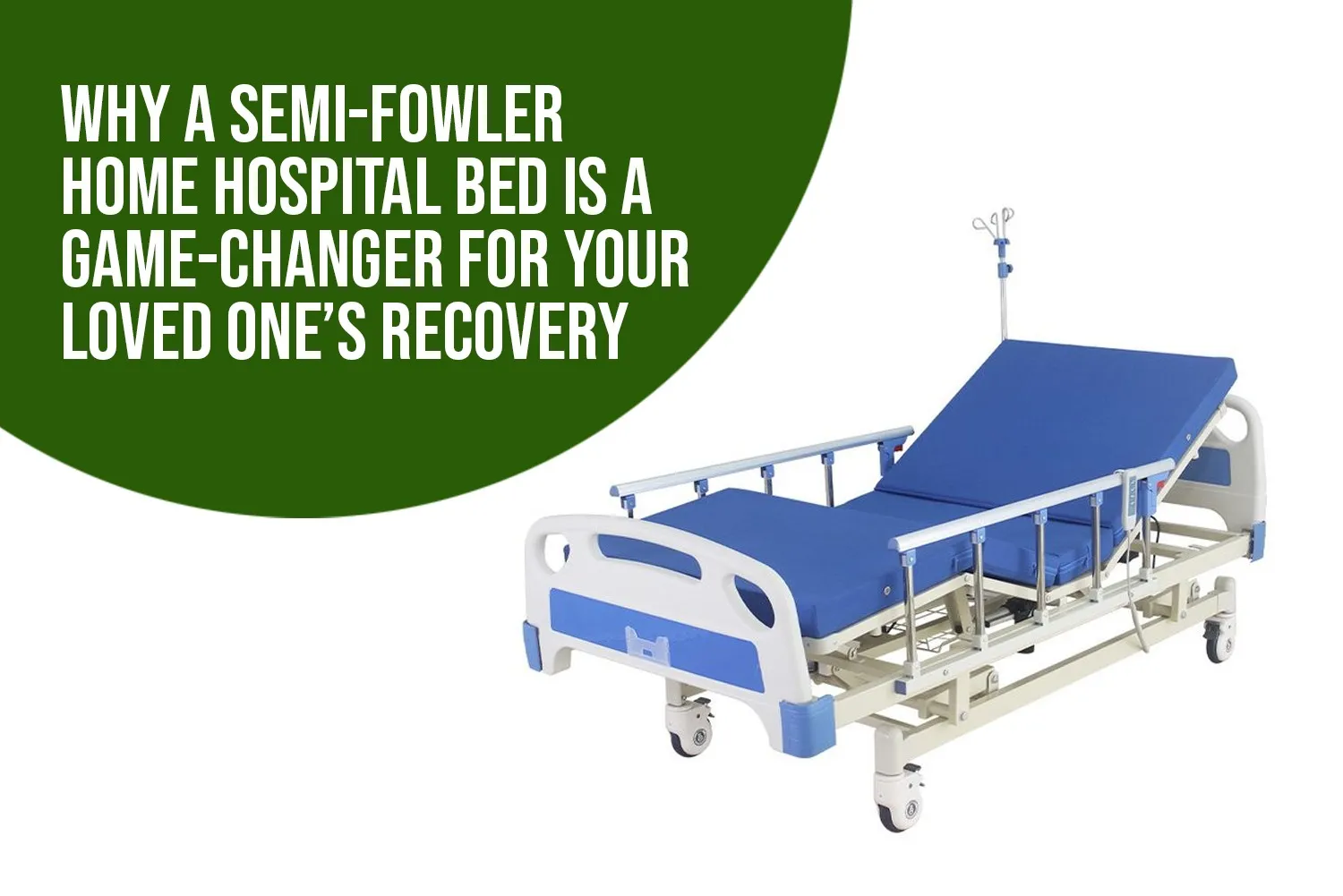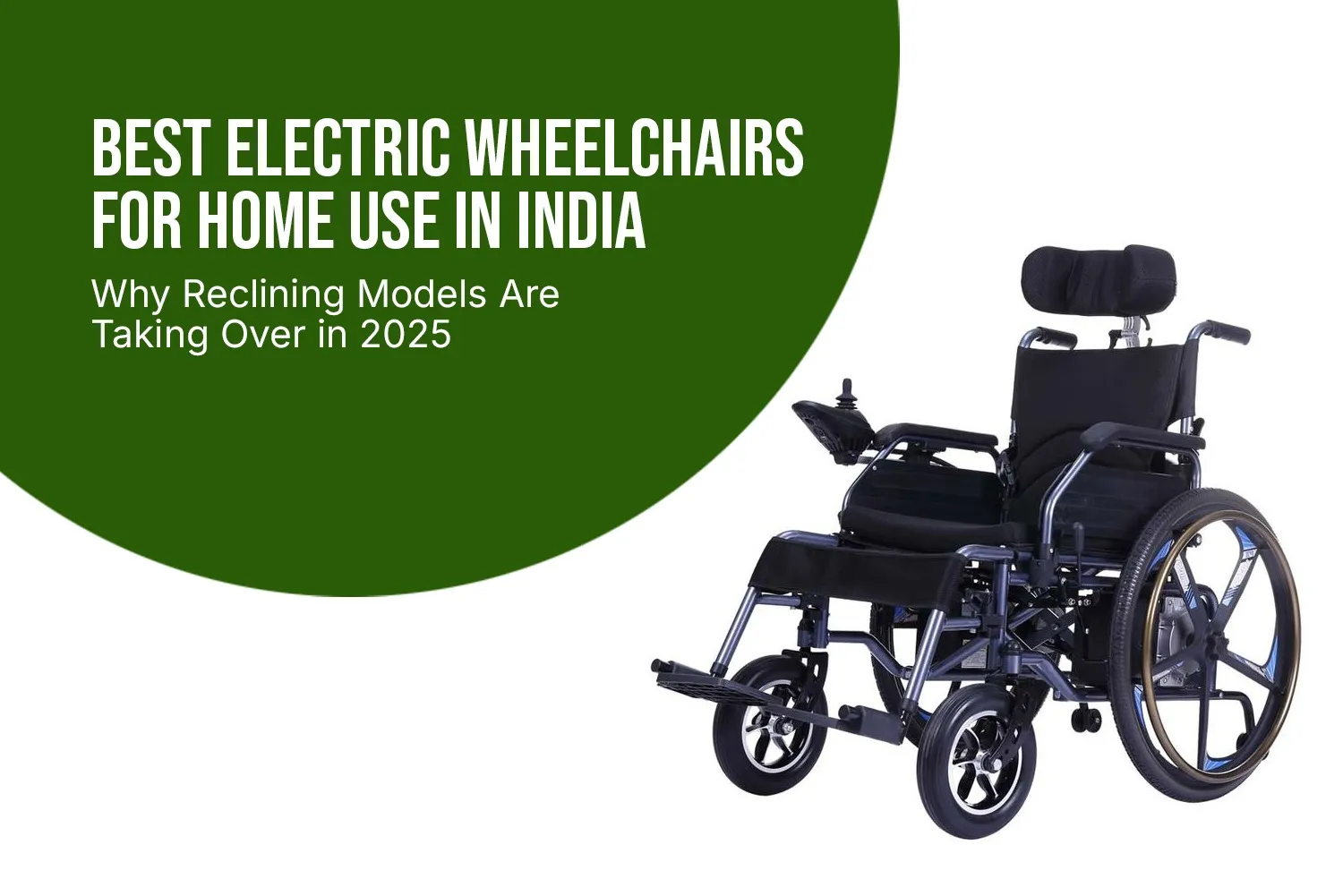What a kaboom of nostalgic vibes comes with water beds. They were the stratospheric heights of bedroom luxury of the 70s and 80s. Yet really slowly ascended into obscurity, ushered off in the dismissive air of quirk and high maintenance. But now? They are re-emerging. And not just for looks. Water beds are again seen for something a bit more practical: support and comfort, especially on the medical side of things.
So, does one consider the switch to a water bed? Well, it depends. There can probably never really be a straight answer, and maybe there shouldn’t be.
The Allure of Fluid Support
Lying on a water bed is quite an experience. The body does not press into it the way it does for a traditional mattress; it rather moves, adjusts, and gently caresses every curve of the body with less pressure on the joints. This is more than comfort for somebody living with aches along their bodies- it can feel like a form of relief.
In its base operation, water distributes weight evenly. Where a conventional mattress would push back upon pressure points- hips, shoulders, knees, water bed would hold onto that weight, which means perhaps fewer nights of tossing and turning. Not a cure, certainly. But maybe some more hang on for a body tired of fighting against discomfort.
Certain conditions, fibromyalgia, arthritis, lower-back injuries, and certain kinds of mattresses are known. The water bed provides a gentle contouring sensation to its occupant. Not quite weightless but almost.
But Then, There’s the Practical Side
Water beds aren’t exactly plug-and-play. Setting one up means dealing with a heater, a water chamber, and sometimes a bulky frame. Draining and moving it? Modern orthopedic water beds are far more advanced than the sloshy, balloon-like versions from decades ago, but the risk, however minimal, still exists.
Maintenance is part of the package. Water needs conditioning, usually every six months, to prevent bacteria and mineral buildup. Some people may find that manageable. Others, not so much. It’s not everyone’s version of a good weekend chore.
And the cost? Not always the cheapest option. Especially when factoring in the frame, heating system, and specialized bedding. Still, for those prioritizing comfort for medical reasons, it may be less about price and more about long-term value.
How Do They Compare?
Traditional mattresses, mattresses for chronic pain, latex, and hybrid mattresses have come a long way in recent years. They offer tailored firmness levels, cooling features, and motion isolation. Water beds, by contrast, aren’t as widely customizable. The main variable tends to be the level of motion control: free-flow versus waveless.
In a free-flow model, movement transfers easily. One side shifts, and the whole surface ripples. Some might find that soothing. Others, particularly light sleepers or couples, might find it annoying. Waveless models, on the other hand, use fiber layers or baffles inside to dampen the motion. Still water, so to speak.
But here’s the odd thing: many people who have tried both types of beds say the water bed feels more alive. Not always in a good way. Not always in a bad way, either.
Medical Benefits: Fact or Myth?
Water beds have been marketed for decades as therapeutic. Some hospitals even used them to help prevent bedsores in immobile patients. The logic makes sense: reduced pressure, better circulation, lower chance of skin breakdown.
That said, water beds aren’t a one-size-fits-all solution. People with spinal alignment issues might find too much give problematic. A sagging center, especially in older models, could do more harm than good. Postural support is a delicate business, too soft, and the body dips out of alignment; too firm, and the pain never leaves.
Some newer water beds try to bridge that gap with hybrid designs, firm support cores wrapped in water layers. A compromise, of sorts. Still niche, evolving.
Temperature Control: A Surprising Bonus
One underrated feature of water beds is their built-in temperature control. Most models include a heater, allowing users to adjust the warmth of the bed. For someone dealing with muscle stiffness or joint pain, sleeping on a slightly warm surface can feel like low-key therapy. It’s not unlike slipping into a warm bath, only dry.
The warmth can help with circulation, especially for people with conditions like Raynaud’s or chronic cold sensitivity. Of course, some might find it odd to sleep on something heated year-round. Others never go back.
Who Might Benefit Most?
Water beds aren’t a universal recommendation, but certain groups might find them worth the switch.
Chronic Pain Sufferers:
Conditions like arthritis, fibromyalgia, or sciatica often benefit from reduced pressure points. It is ideal for bed for back pain relief
Those Recovering from Surgery or Injury:
Temporarily using a water bed can offer relief during healing, though long-term use should be physician-guided.
People with Circulatory Issues:
Gentle support and temperature control can improve comfort and circulation.
That said, not everyone adjusts easily. Some report difficulty getting out of bed due to the soft, shifting surface. Others feel a lack of proper lumbar support. Personal preference plays a big role.
Final Thoughts
There’s no clear answer. For some, a water bed might be life-changing. For others, it’s just not worth the effort. It depends on needs, expectations, and tolerance for quirks.
Switching mattresses is no small decision. It changes how the body rests, recovers, and starts each day. Maybe that’s why water beds spark curiosity. They feel different, both literally and symbolically. Like a small rebellion against the mainstream sleep industry.Wellness4u is the perfect option to choose nutrition supplements and medical equipment in Kerala. So if you are looking for the best waterbed that makes your health ok, choose our services.





